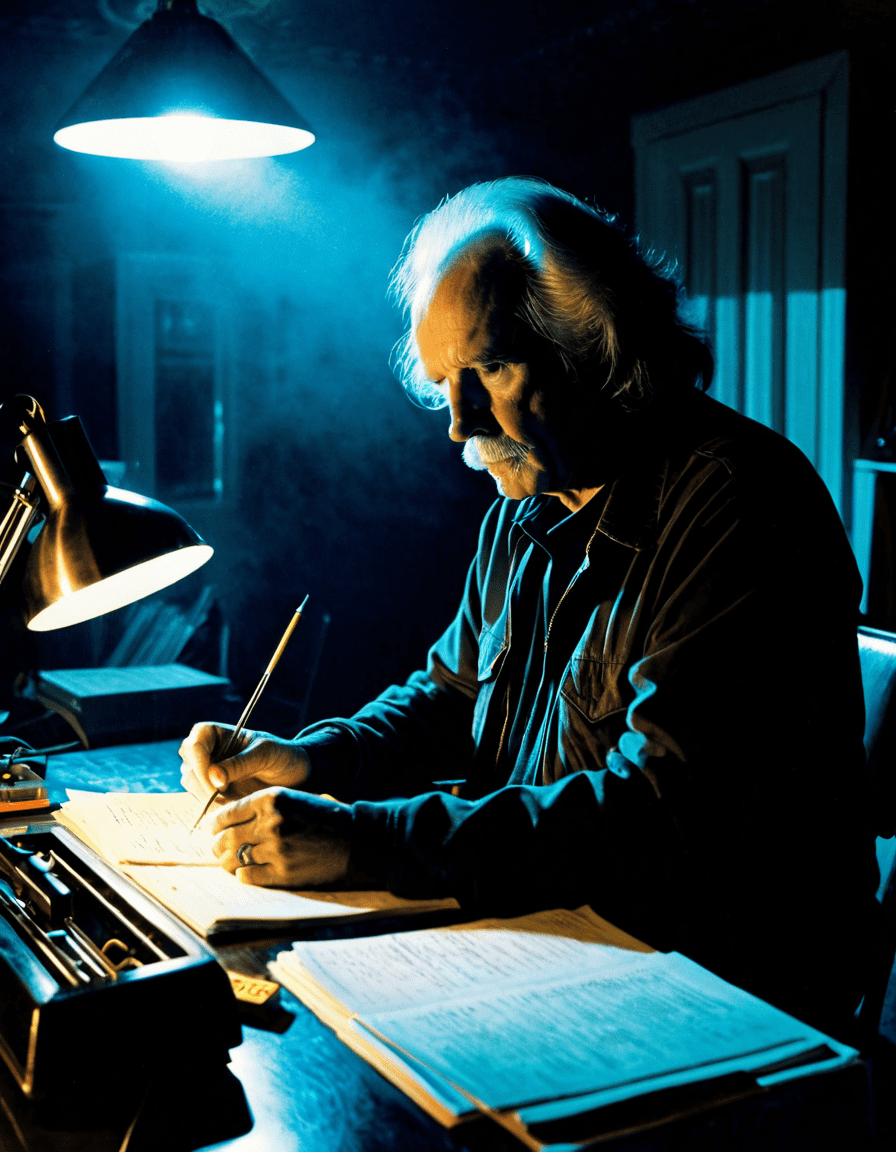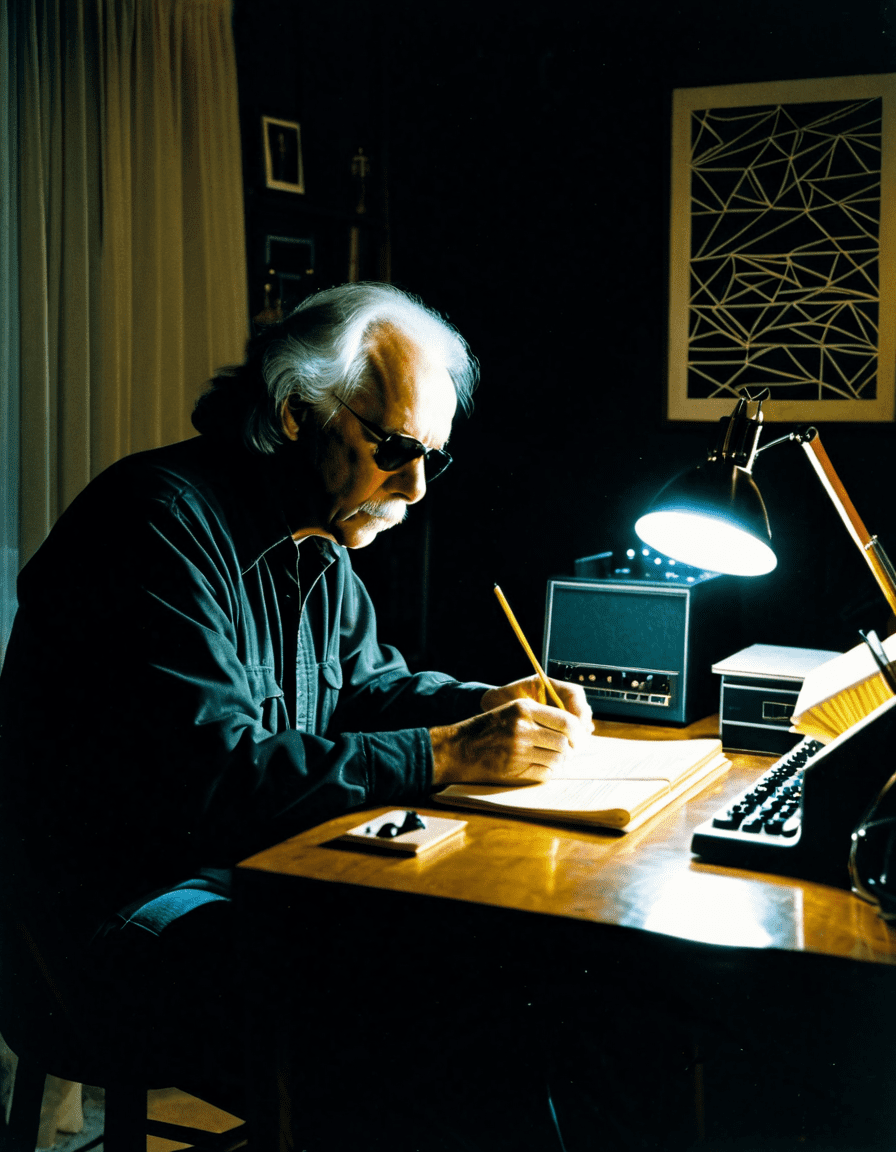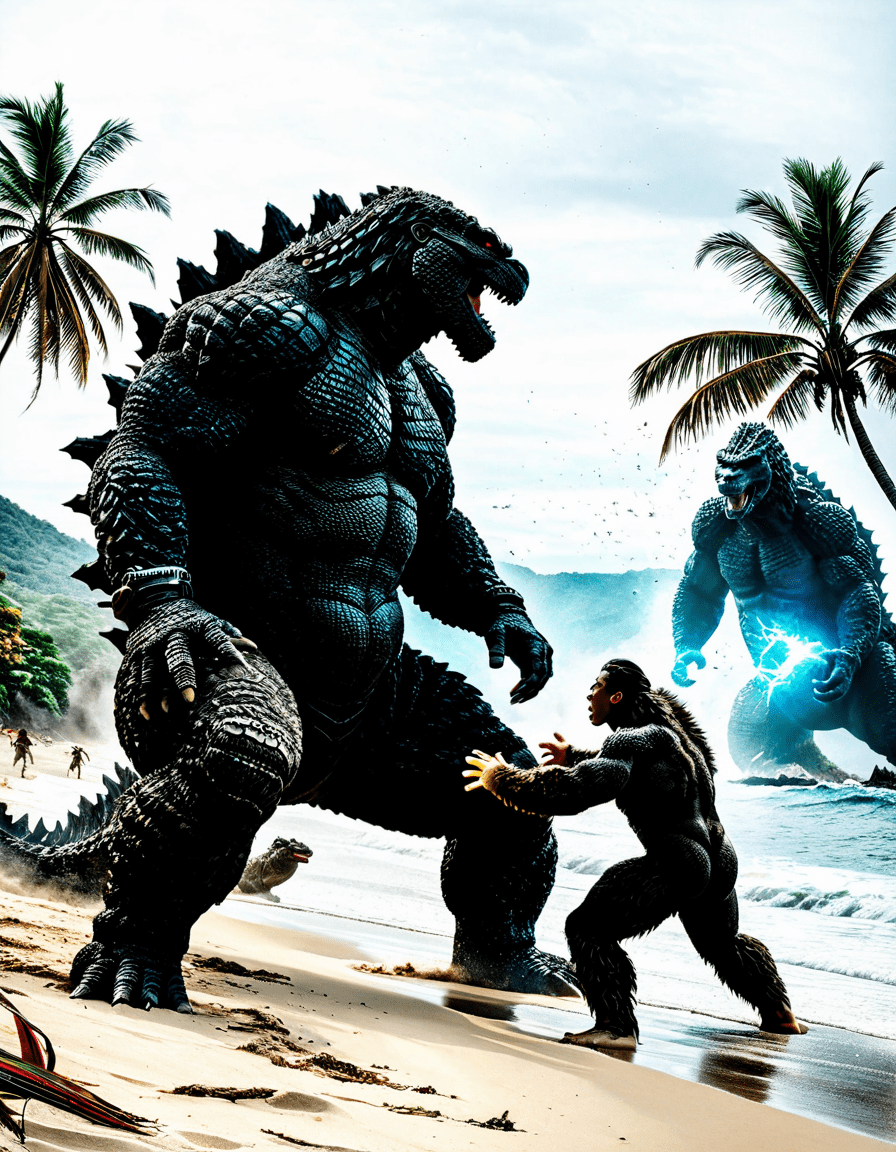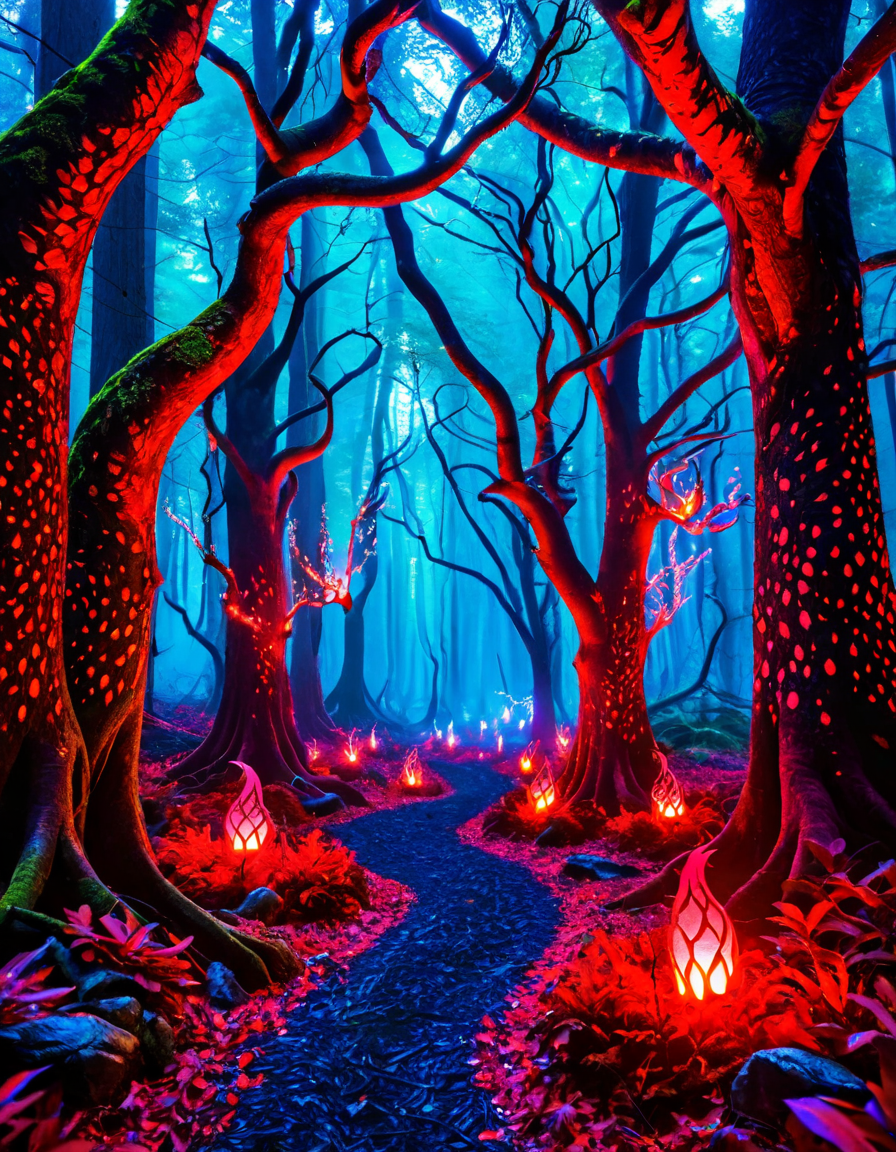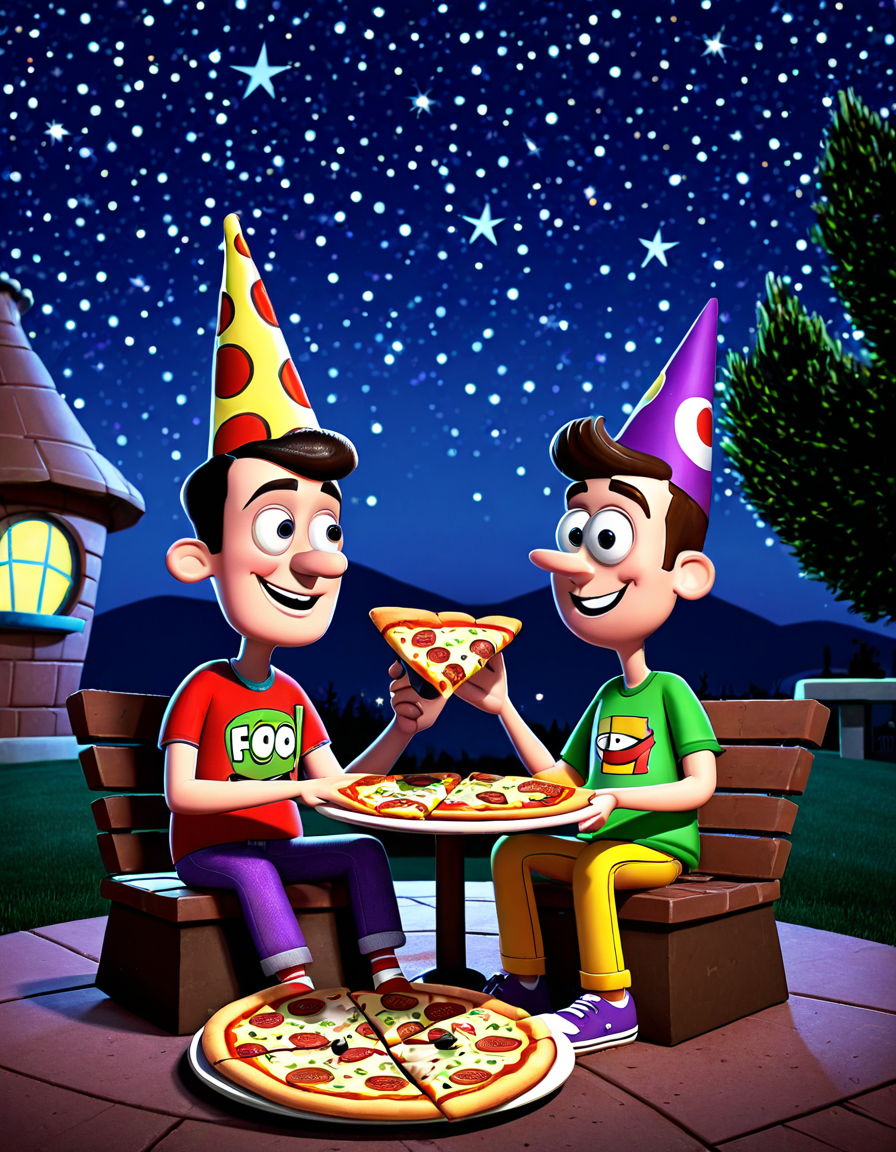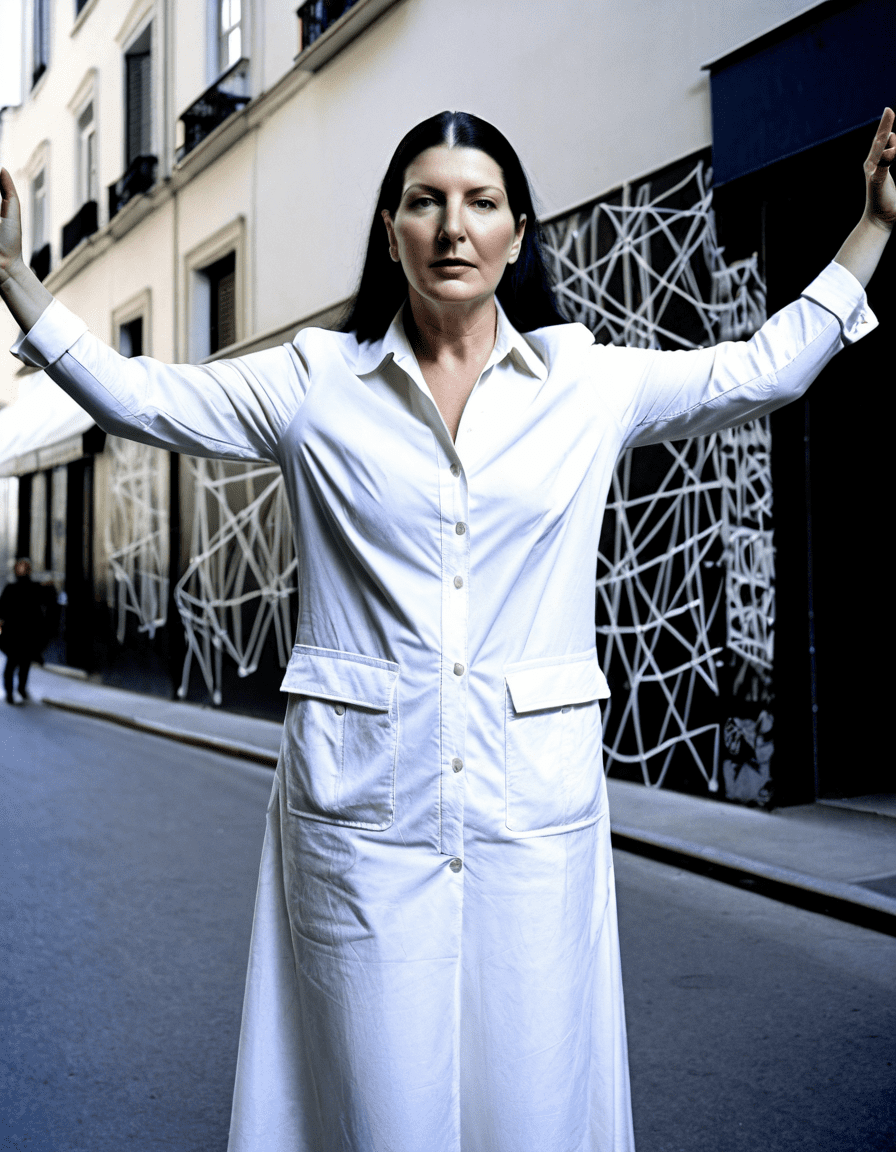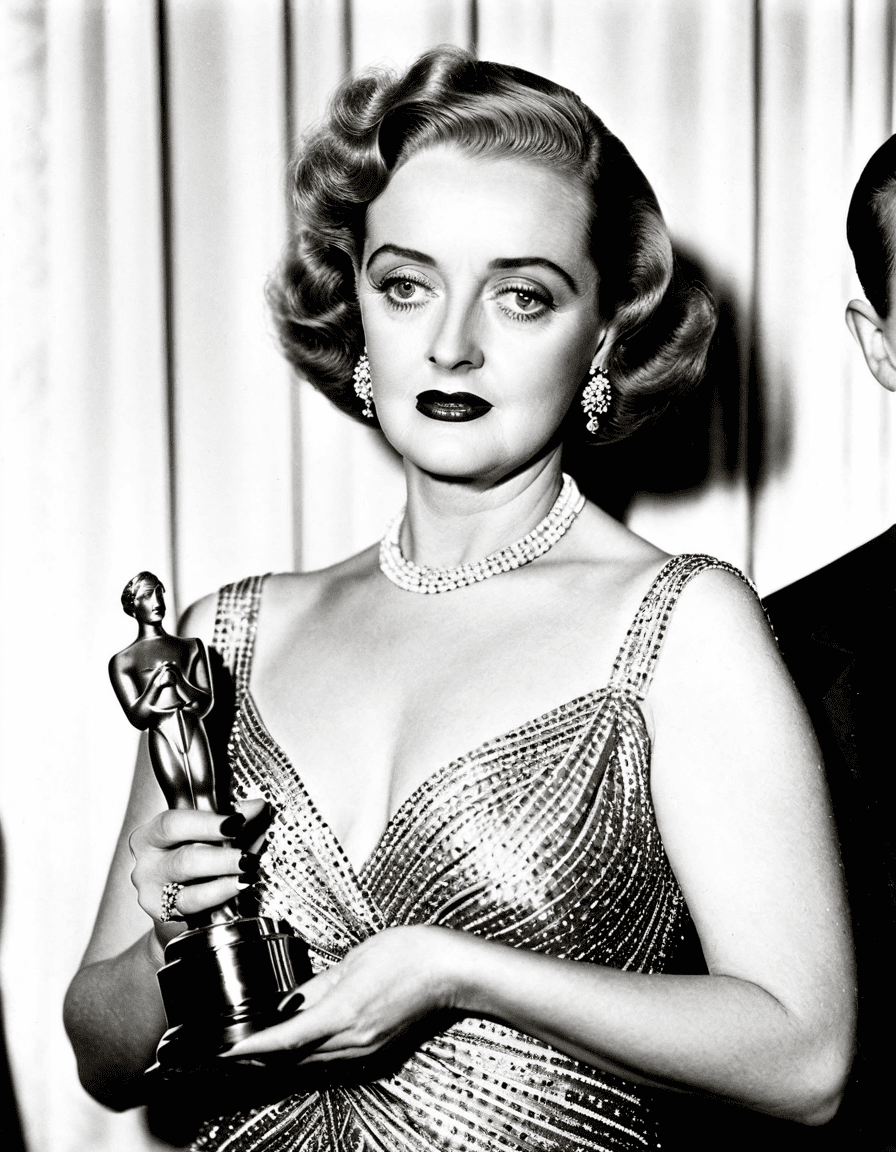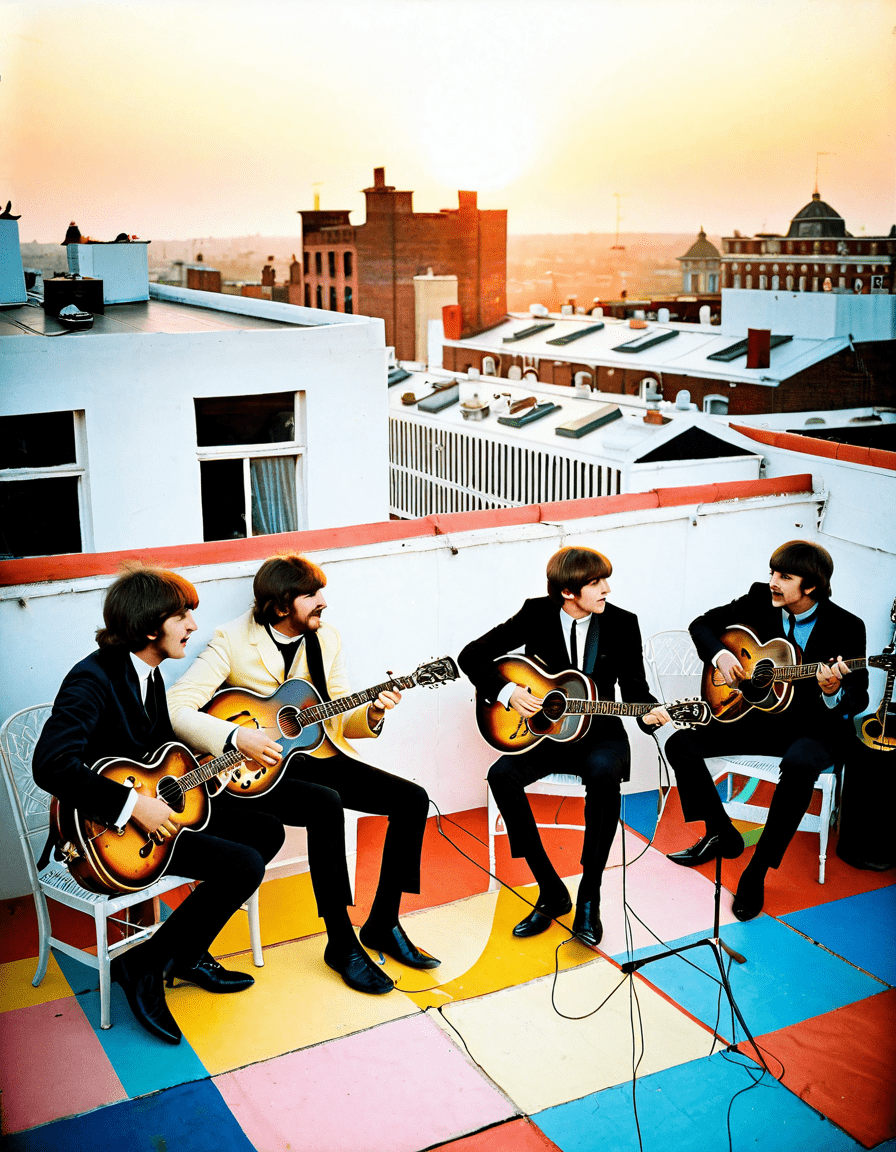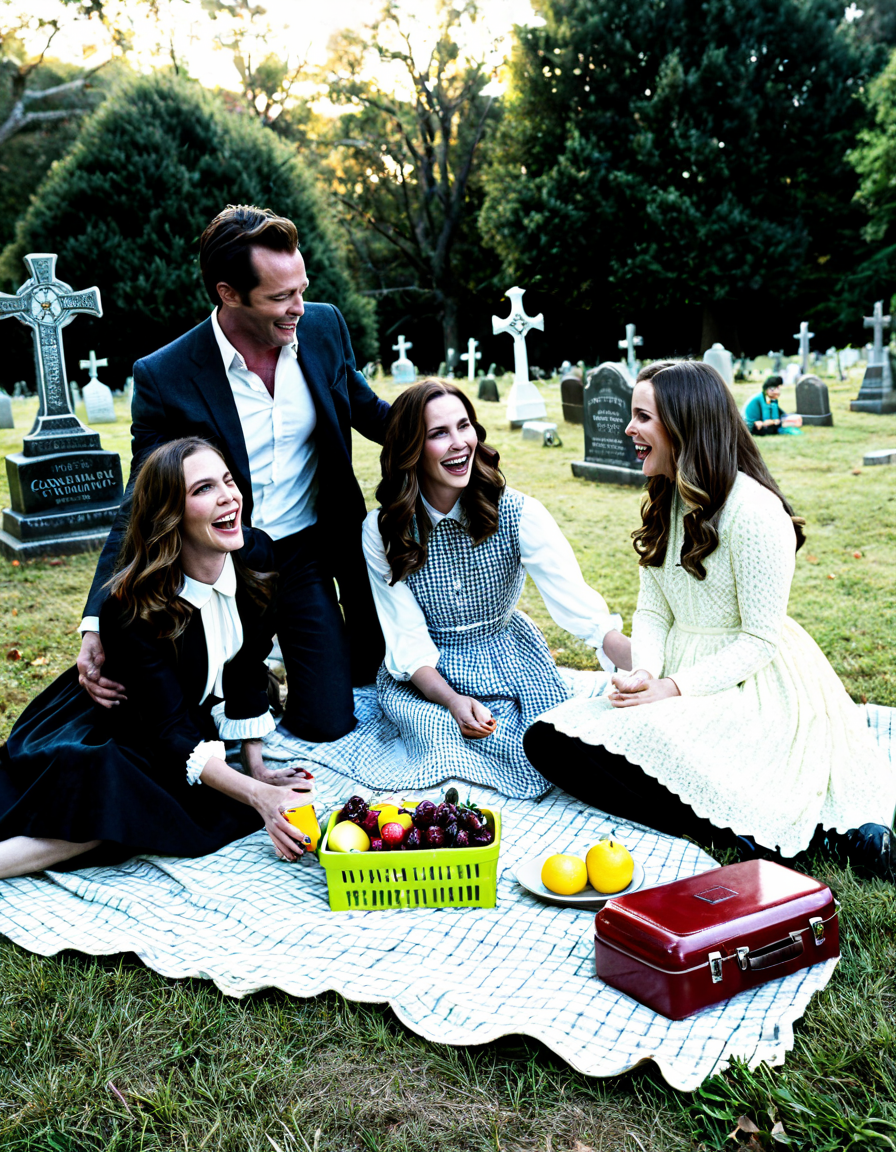When it comes to horror filmmaking, few names carry as much weight as John Carpenter. A true pioneer, Carpenter’s work shaped the genre’s landscape, gifting audiences with core elements of fear that are now staples in cinema. With a career spanning decades, he’s known for his gripping narratives and haunting soundscapes, which together create an experience that’s gripping, immersive, and unforgettable. With a style that marries innovation and tradition, the master of horror captivates audiences of all ages.
Sure, Carpenter isn’t just about jump scares. His films often incorporate deeper themes and social commentary, making them resonate long after the credits roll. Today, let’s journey through the unforgettable filmography of John Carpenter, exploring his standout movies and the influence he exerts on modern filmmaking.

Top 7 Iconic Films By John Carpenter
1. Halloween (1978)
“Halloween” is often thought of as the film that kicked off the slasher genre. This groundbreaking flick introduced us to Michael Myers, a character that became synonymous with terror. Carpenter’s clever use of pacing and a minimalist score he crafted himself set a benchmark for horror films. Its independent spirit and budget limitations only enhance the fear, pushing creativity to its limits.
The film also stars the brilliant Jamie Lee Curtis—a name forever tied to this classic. It’s a story of survival and the pure, raw instinct to flee from danger, themes prevalent in many of Carpenter’s works. If you’re a fan of intense suspense, a watch through this iconic horror will have you binge-watching even more Carpenter films, as you explore horror that transcends time.
2. The Thing (1982)
“The Thing” stands as a masterclass in blending horror with science fiction. Starring Kurt Russell, it employs shocking body horror and psychological tension all wrapped in a chilling narrative about extraterrestrial life. Based in the icy landscapes of Antarctica, Carpenter weaves paranoia and distrust into the plot, reflecting societal fears that echo still today.
The practical effects by Rob Bottin shattered expectations, making “The Thing” a benchmark in cinematic achievements. This treatment of monsters and the human condition showcases Carpenter’s genius. If you’re new to Carpenter, make this your first stop—it’s a haunting experience you simply can’t overlook.
3. They Live (1988)
“They Live” doubles as a science fiction thriller and a sharp social critique. With iconic lines like “I have come here to chew bubblegum and kick ass,” it delivers humor while highlighting serious themes of consumerism and media manipulation. The film stars wrestler Roddy Piper, who plays a character awakened to the gruesome reality behind society’s facade.
Carpenter seamlessly combines entertainment and provocation, instilling a narrative that isn’t just horror for horror’s sake. It’s a reflection of its time, much like Edgar Allan poes work continues to speak to our society. Exploring this film provides insight into the ways horror can confront cultural dialogues.
4. The Fog (1980)
With “The Fog,” Carpenter crafts a tale rich in atmosphere and supernatural revenge. Featuring talents like Jamie Lee Curtis and Adrienne Barbeau, it tells a chilling yarn about ghosts returning to exact vengeance on a coastal town. The eerie atmosphere and plot twists keep viewers glued to their seats, exemplifying Carpenter’s talent for suspense and horror.
The film’s nautical setting contributes to a palpable tension, making it an unforgettable ghost story. If you want to experience the essence of classic horror, look no further than this Carpenter gem.
5. Escape from New York (1981)
“Escape from New York” may venture into sci-fi territory, but it retains strong horror elements. The film depicts a dystopian future where New York City has become a maximum-security prison, and character Snake Plissken, played by Kurt Russell, is tasked with rescuing the President.
The grim portrayal reflects many real-world anxieties of the 1980s, mirroring Carpenter’s knack for tying social commentary to entertainment. It’s gritty and raw, tapping into the essence of survival. This film is not only action-packed but also laced with dread, typical of Carpenter’s narrative style.
6. Christine (1983)
Based on Stephen King’s novel, “Christine” merges the horror genre with themes of obsession and teenage angst. The titular car, a 1958 Plymouth Fury, becomes a character of its own, reflecting the dark side of love and possession. Carpenter expertly animates this inanimate object, drawing viewers into its terrifying allure.
This film showcases the complexities of adolescence adorned with Carpenter’s masterful touch. It’s a uniquely thrilling ride through psychological horror that will keep you captivated from start to finish.
7. In the Mouth of Madness (1994)
“In the Mouth of Madness” dives into themes of sanity versus reality, starring Sam Neill as a journalist drawn into a storm of madness while investigating a missing novelist. Here, Carpenter cleverly blurs the lines between fiction and reality, prompting viewers to question their own perceptions.
With twists and turns, it keeps audiences guessing, much like the captivating narratives found within the works of Hunter S. Thompson. Carpenter truly laid the groundwork for the psychological horror subgenre here.

The Unmistakable Influence of John Carpenter on Modern Horror
John Carpenter’s impact on horror is monumental and cannot be overstated. Many current filmmakers, like Jordan Peele in “Get Out” and Ari Aster in “Hereditary,” draw inspiration from Carpenter’s ability to layer social critiques in their narratives. They echo his wisdom that horror can be a potent lens for exploring societal issues.
Moreover, Carpenter established a unique rapport with actors like Jamie Lee Curtis and Kurt Russell, showing how this bond can elevate cinematic performances. This legacy of collaboration has inspired newer actors and directors to foster strong creative relationships on set, often leading to iconic performances.
Carpenter’s themes remain prevalent, from brave protagonists to the dark undercurrents of society’s fabric, connecting audiences to a genre that transcends fear. Whether it’s the masked killer in “Halloween” or the parasitic creature in “The Thing,” Carpenter shows us that horror reflects our deepest fears and societal issues, imbuing a timelessness in his works.
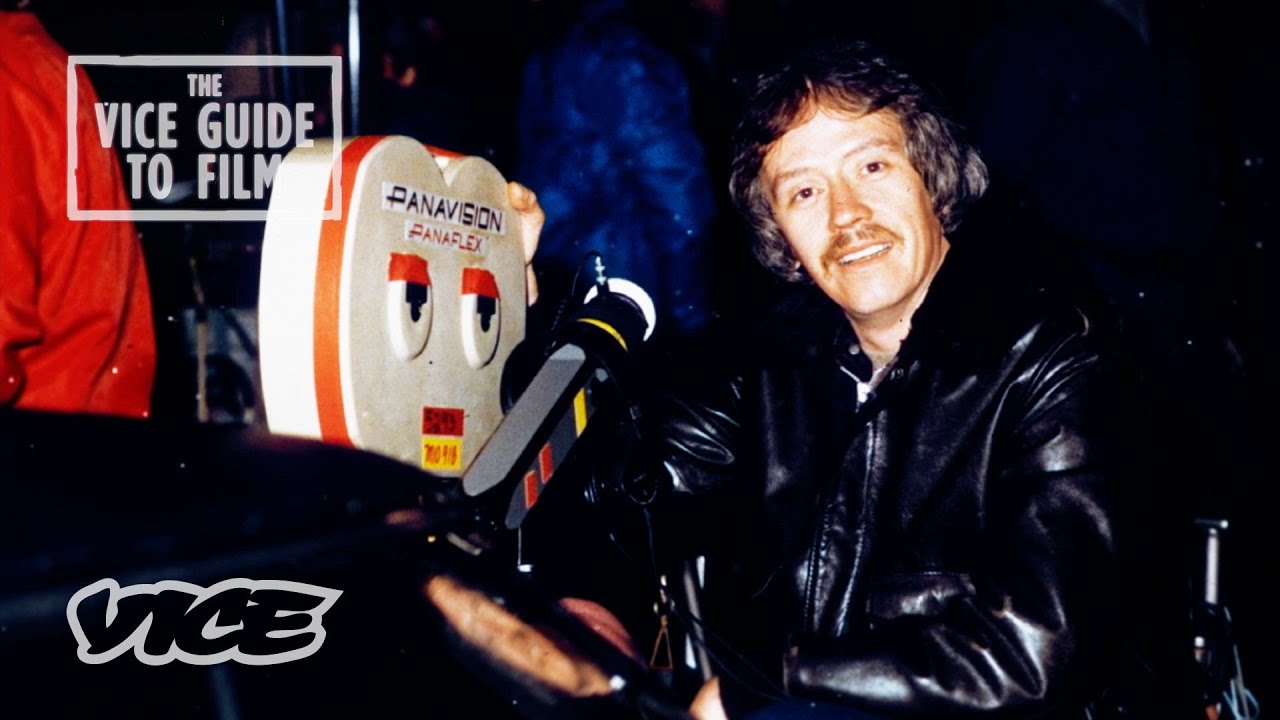
Final Reflections on Carpenter’s Enduring Legacy
As we glance toward the horizon of modern horror cinema, John Carpenter’s legacy shines brightly. His unparalleled ability to construct gripping narratives while evoking genuine fear has inspired countless filmmakers. Each haunting note of his scores, like the one featured in “The Fog,” echoes through time, reminding us of how fear can serve as a conduit for storytelling.
Carpenter remains not just a director but a pioneer of horror—a master architect of our fears. His films continue to inspire bravery in storytellers across genres. So, whether you’re out hunting for the latest horror film or relaxing at home, throw on a Carpenter classic and experience the magic.
If you seek more than just a jump scare, dive deep into Carpenter’s work to discover layers of thought-provoking storytelling that pins the audience to the edge of their seats, navigating you through thrills, chills, and unforgettable suspense—what a trip!
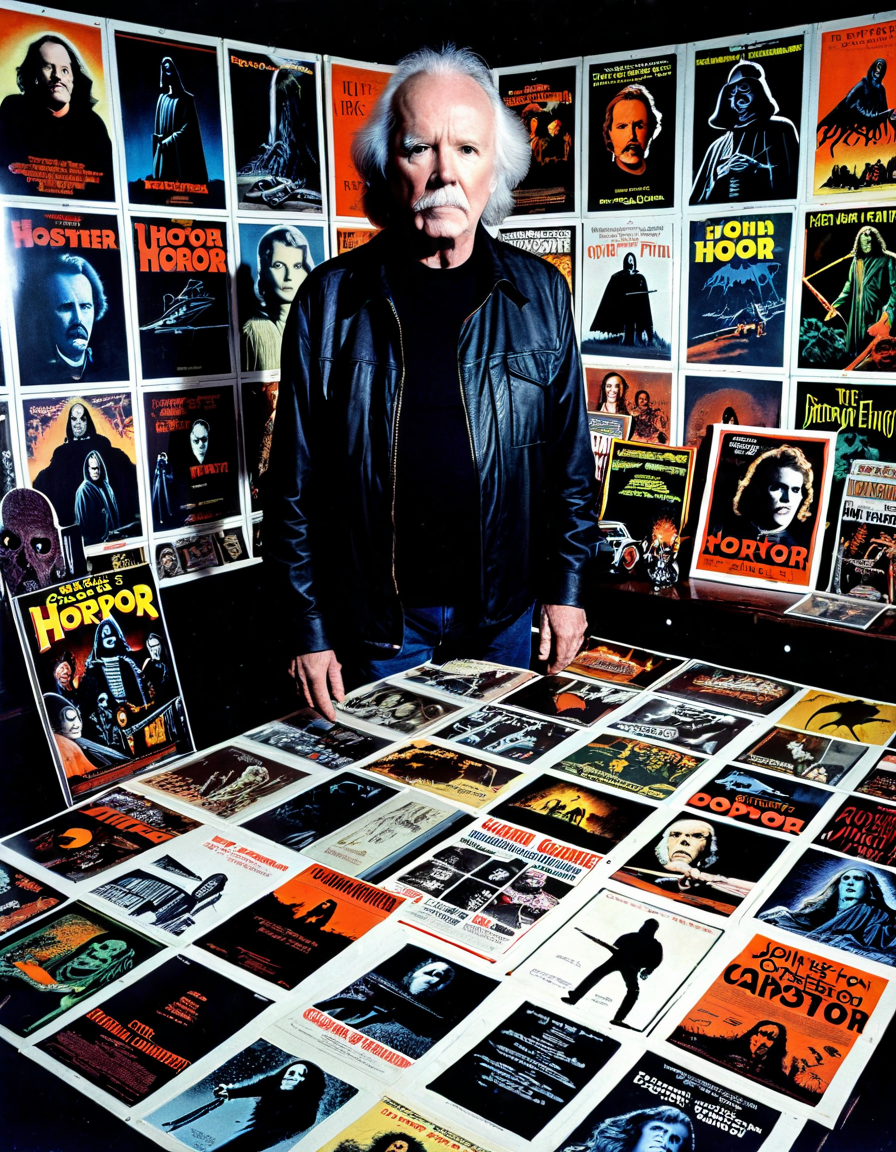
John Carpenter: The Mastermind Behind Iconic Horror Films
A Chilling Legacy
John Carpenter isn’t just a director; he’s a legend in horror cinema. His knack for producing spine-tingling stories is rivaled only by the apparent simplicity of his filmmaking style. Did you know Carpenter found inspiration from various pop culture influences? For instance, the chaotic and wild spirit of Hunter S. Thompson often mirrored the unpredictable themes in Carpenter’s films, blending reality and horror in a way that kept audiences on the edge of their seats. His innovative use of synth music, much like the tunes of Merle Haggard, has become iconic, influencing countless directors who followed in his footsteps. In fact, listening to a Carpenter score can feel as thrilling as watching a suspenseful game where it’s all about whether you win or lose.
Not Just Horror
Beyond jump scares and plot twists, Carpenter had a flair for blending genres. He masterfully weaved elements of science fiction and action into his horror flicks, much like how ski enthusiasts look for style in Women ski clothes that are both functional and fashionable. A perfect example is his cult classic, Escape from New York, which fuses dystopian themes with action-heavy sequences. Moreover, Carpenter’s directorial influence extended to the realm of psychological horror, as seen in his 1978 film Halloween. The iconic status of Texas Chainsaw massacre paved the way for Carpenter’s unique narrative style, blending fear with relatable settings, making the horror feel all the more palpable.
Crafting Characters
Carpenter’s magic isn’t just behind the camera; he crafts unforgettable characters. Many consider his heroes and villains to be as intricate as family dynamics—think of the tangled yet relatable emotions in Trios. In the shoes of iconic characters, audiences often find themselves grappling with their inner fears, much like teenagers navigating the tricky waters of self-identity and rebellion, akin to getting a helix piercing. Now, isn’t that a fun twist? Carpenter’s films invite viewers to confront their deepest fears while still managing to entertain, proving that horror can be both chilling and thought-provoking. His legacy certainly isn’t just about scares; it’s about the stories that linger in our minds long after the credits roll. So, the next time you’re watching a Carpenter flick, remember the genius behind the camera, crafting a cinematic experience that continues to echo through generations.
